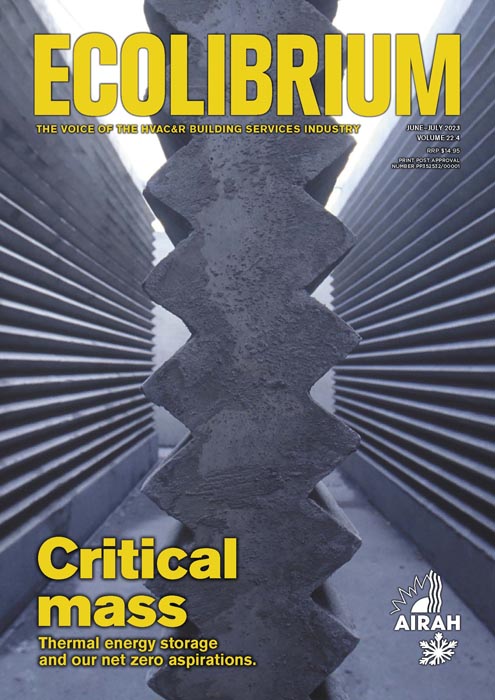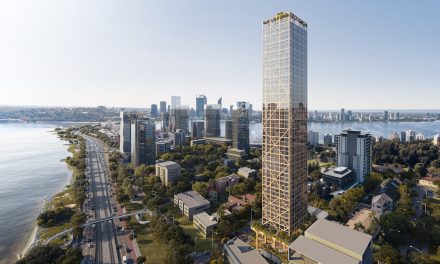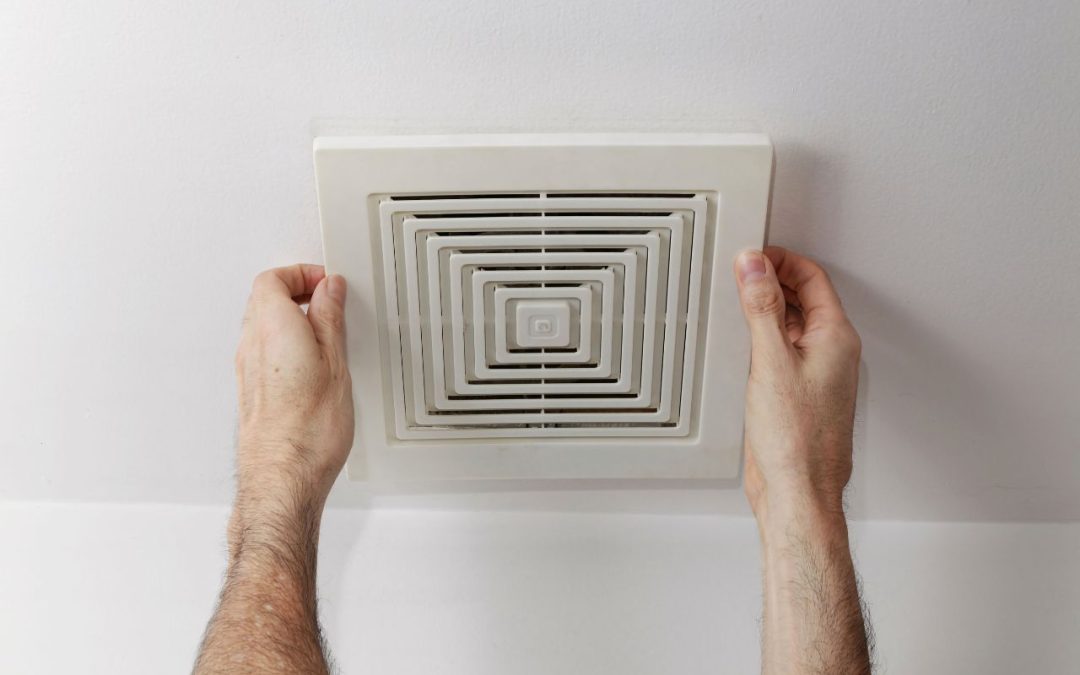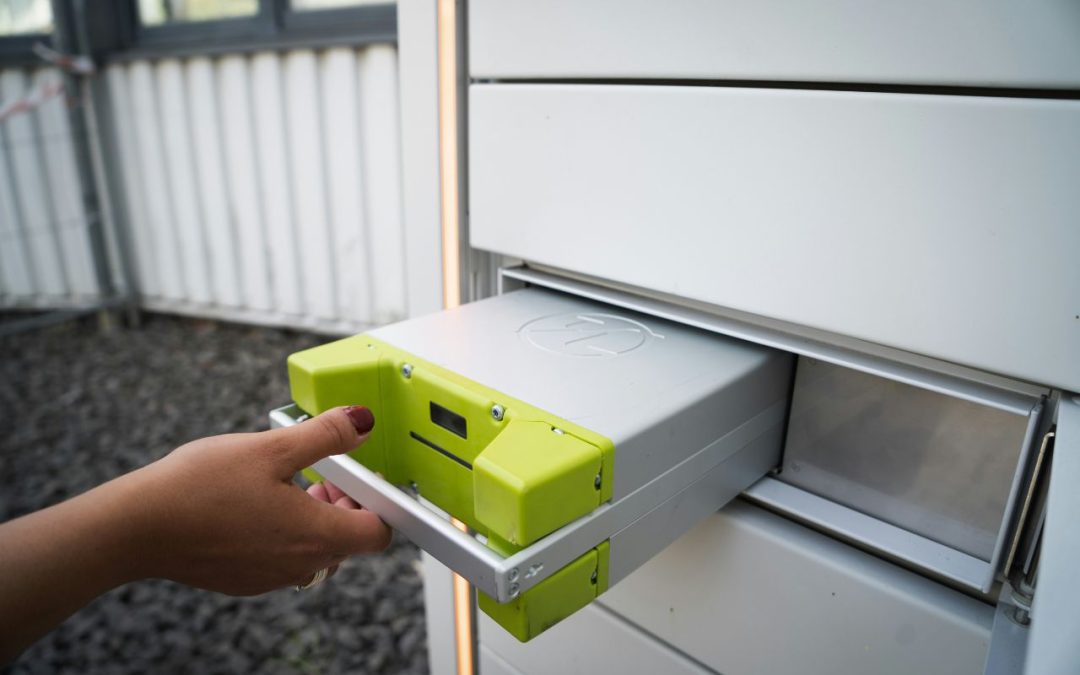In the GBCA’s Green Star Design and As-Built ratings, projects can now be allocated an extra point by doing a whole-building test – a good thing, according to Sean Maxwell.
Building airtightness helps HVAC provide comfort, and it aids energy conservation and building durability. Subject to regulation, it’s actually surprisingly straightforward to measure. So, what’s the best way to measure and compare a building’s airtightness? Test the whole building, of course!
Although that that sounds obvious, recent common practice has been far less rigorous or repeatable. Commonly accepted practice is a tiny test of an arbitrary section of a huge building, with no investigation, documentation, or rectification of defects required. That’s not quantitative and it’s not qualitative, and the outcomes are sparse documentation and dubious calculations. Luckily there is hope for change.
“Standard practice abroad equals best practice in Australia at the moment”
A new hope
In the GBCA’s Green Star Design and As-Built ratings, projects can now be allocated an extra point by doing a whole-building test, which is far above the standard requirements. For some buildings, this is not a small task or expense, so it’s great to see the GBCA incentivising it. Standard practice abroad equals best practice in Australia at the moment.
GBCA is also incentivising fixing problems when you find them. You can also get a point for finding some major leaks, rectifying them, and documenting the fix. It’s all about making buildings actually work better.
Are you counting? For Green Star Design and As-Built there are a total of five separate points for airtightness testing, rectification, and reporting. We know there are many more aspects of building enclosure commissioning than airtightness, but we are starting with the basics.
Tool time
Speaking of basics, the newer rating tool Green Star Buildings requires a more holistic commissioning process, right back to the design stages. Of course, the biggest air leaks are found on the building plans first. The emphasis is in the right place.
To support the process, the Air Tightness Testing and Measurement Association (ATTMA) is nearing publication of an Airtightness Commissioning Tool, to be used with Green Star and other projects. It will allow for a range of project profiles from standard code compliance up to Passive House. The strategy relies on core concepts of commissioning: early definition of goals, clarity of design, and plans for ongoing assessment.
Project teams will be able to address key airtightness goals and strategies, and to acknowledge how they affect other parts of the building design. The ATTMA tool will help raise minimum expectations while minimising costs for addressing the essentials. Because we believe Green Star Buildings has its priorities straight, we want to help make it a success.
We expect these tools to embed airtightness as a core element of building enclosure commissioning. In no small part, the GBCA has fostered the growth of the commercial building testing industry in Australia over the past decade. We thank them for listening to years of feedback and putting their market power to good use.
Sean Maxwell, M.AIRAH, is the ANZ Scheme Manager for the ATTMA. He is also chair of AIRAH’s Building Physics Committee.
Like to know more?
For more about Green Star and whole-building airtightness, go to www.gbca.org.au/faqs.












